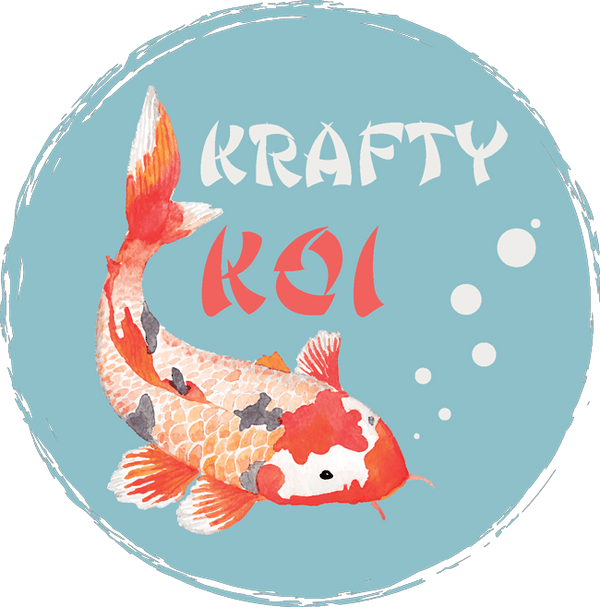Have you ever wondered why koi imagery is so prevalent in tattoo art, interior design, sculpture and painting? Koi are colourful and beautiful creatures but their use in art and design is generally more symbolic than aesthetic.
Koi carp are revered in Asian culture and are attributed with many symbolic meanings. If you take even a brief look at the history of Koi, their attributes and the legends that surround them, then it isn't difficult to see why.
Koi History
Koi carp were first transported to China around 2500 years ago. They were popular with rice farmers as they could be kept in the ponds above their paddy fields and bred as a source of food. Many centuries later the fish were introduced to Japan. Here they were again bred as food. Koi was and still is the term for all carp and not merely the brightly coloured specimens that we recognise as koi in Europe. At some point in the nineteenth century Japanese framers noticed colour changes in some specimens and began breeding the more colourful fish as pets rather than as food. These koi they named nishikigoi. In the twentieth century these appealing fish were exported to Europe where they became extremely popular with hobbyists.
Koi in Legend
There are many legends featuring koi. One legend relates the story of the Chinese Philosopher Confucius who was presented with a magoy, a black carp, on the occasion of his son's birth. According to this legend, all koi, with their bright colours, are descended from this fish.
Another legends tells of a place called Dragon's Gate which was as the top of a waterfall on the Yellow River. Carp would swim up the river and try to leap up the waterfall. Only the bravest would attempt this feat and if successful they would be transformed into a powerful dragon.
In Japanese culture it is said that because koi can conquer waterfalls, they are brave like Samurai warriors.
Symbolic Meanings
So it comes as no surprise that koi are often associated with strength of character, perseverance, accomplishment and courage. The fish also symbolise good fortune, success, prosperity and ambition. Their long history and hardy nature has also led to koi being associated with longevity. In other words, koi represent all things positive. Koi of certain colours have their own particular symbolism.
Kohaku - a white bodied koi with red spots which symbolises success at work.
Kumonryu - a koi with a white body and black spots or with an all-black body which symbolises life's transformations.
Ogon - a silver coloured koi which represents success in business and wealth.
Kuchibeni - a white and red patterned koi with red around its mouth which symbolises love and long lasting relationships.
Yamabuki - a gold coloured koi which represents wealth.
Yin and Yang
The black and white teardrops of the yin yang symbol are representations of two koi, one male and one female. In Chinese philosophy yin yang describes how opposite or contrary forces are actually complimentary. A pair of koi is often seen as a good luck symbol or representative of a happy marriage. Koi are synonymous with harmony as yin and yang complete each other.
The long history, hardy nature, strength and bravery of koi have led to this species of fish symbolising almost everything that is positive in life. This symbolism, which was once confined to Asia, is now appreciated and utilised all over the World.
